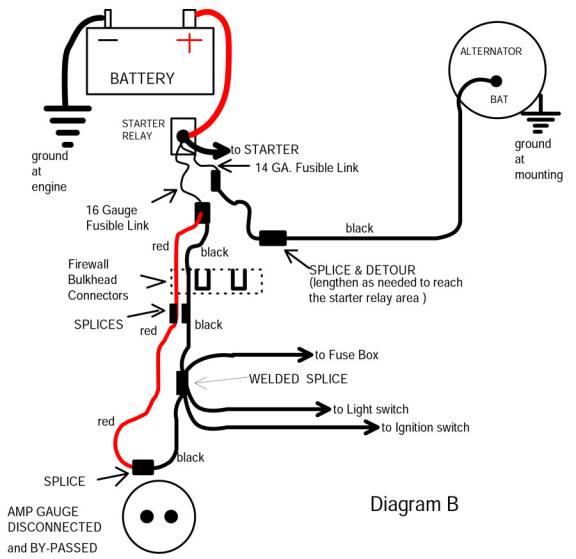68purpledart
Well-Known Member
Want to do an amp bypass as per madd, battery in the trunk, in stead of going from the alt, can I go from the battery, pull the amp wires from the bulkhead, connect them, and run though a fuse not a fuseable link, all under the dash. Alt output is 65, and have Robs plug & play headlite kit, which works awesome!
Thanks in advance for any and all input!!
Thanks in advance for any and all input!!

















